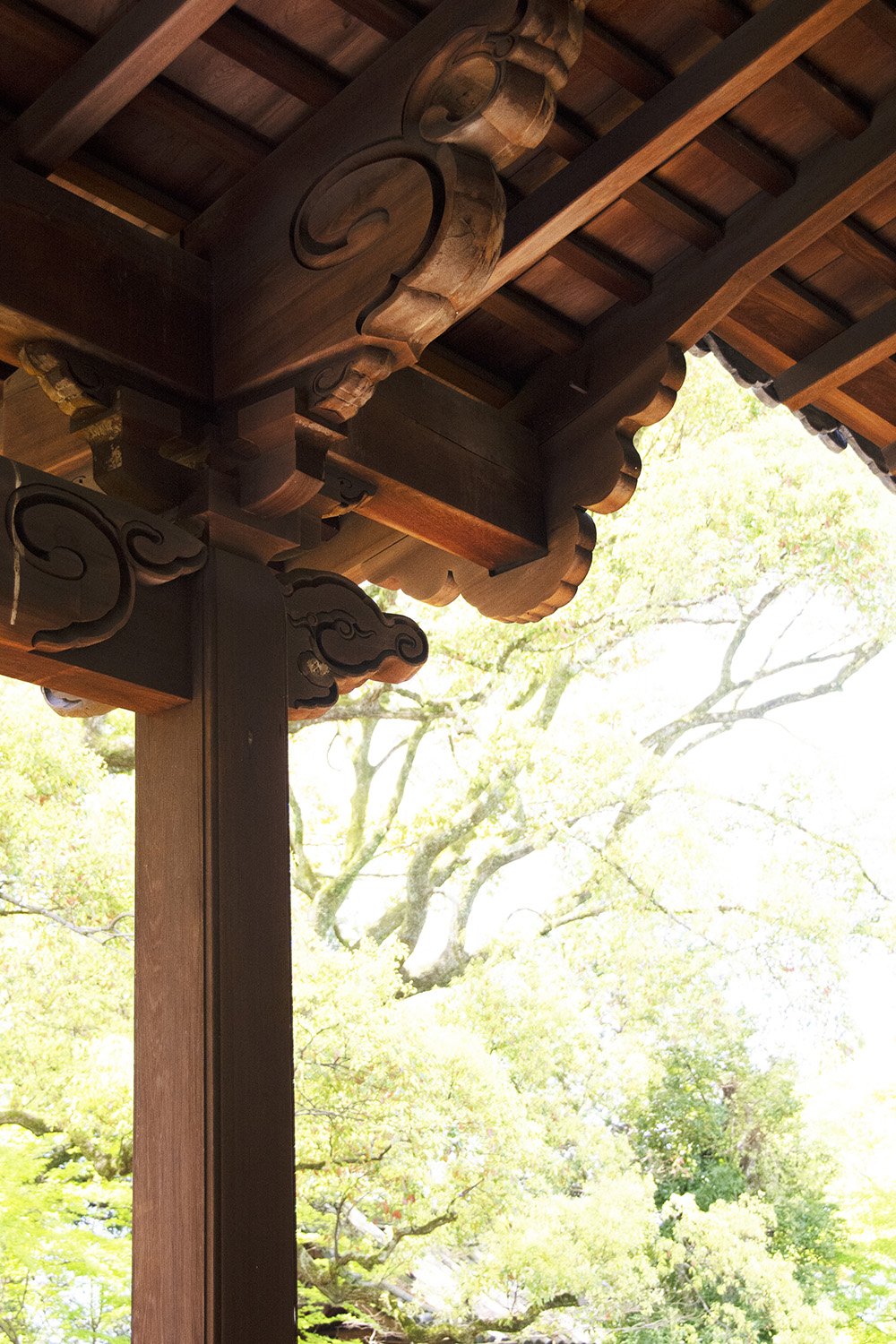For Better or Worse a New Year
Moonrise over Lake Barcroft—photo by William E. Evans, © 2023
A new year—starting over is the traditional promise, as if the slate could be wiped clean in January and even kids know that’s not happening. Otherwise, everyone knows January is too gray and we still have February to go.
We returned from the Outer Banks in decent fashion. Stopped once at Walmart to recharge the chariot. Found I-95 traffic in the usual places, and made it home. After two weeks hiking an empty beach, nothing more to do than write and design a beach house that may never be built in my lifetime. Some people bet online, and others watch bad TV, so I’m in good company.
Even Layla took the return car ride in style, though we’re noticing it’s harder as she’s getting on in years. But if her pack is traveling, she refuses to be left behind. I have a vivid memory of when we adopted her. Given her lead to take her outside the Pets Mart that was hosting Pet Harbour’s adoption morning, she scrambled so frantically to be free of her cage and into the open air she hardly paid us any mind. She was too busy smelling the narrow landscape strip between the acres of asphalt to care who was at the other end of her lead.
Pet Harbour’s write-up had evaluated her as easy to get along—long as there were no cats—and watching her almost hyper energy that first Saturday morning, I wondered had they gotten that first part wrong? Now days she wants to be in the room we’re in, or any place we might agree to take her.
See, that’s what we humans don’t credit our dogs with, their loyalty to the pack. Temple Grandin offered the thought in Animals in Translation that our canine brethren taught humans about the importance of the pack succeeding over its individual members. It was their initial gift to us, and it continues ten thousand years later.
My current article in The Book Café—Conscience of a Dog—has to do with this subject, the leaving them behind that humans do after they’re no longer of use—so there’s your trigger warning.
…
The war in Ukraine isn’t going away. And how many men, mostly men, Russian and Ukrainian alike, are meeting inglorious deaths in the winter mud? The Ukrainian war is unbelievable—this late in Western history—men murdering men on account of the Devil in the Kremlin dreaming he’s Peter the Great. We’re as complicit in the destruction, being drawn into it by proxy. It’s not over yet—there’s still time for Americans to be fighting alongside the Ukrainians before the end. It’s easy for old men like me to approve of the need for the war, to not cede the freedom of people across an ocean and half a continent away. That’s the hideous reality of it. Humanity is still recovering from Covid and now we’ve been plunged into a wholly unnecessary bloodbath. The Devil doesn’t dwell in Hell; he lives inside us.
We think our dogs behave irrationally in their dislike for other dogs in the neighborhood, and are certain humans are superior in the wisdom of our ethics. Got it.
…
I’m in a last round of editing the novel—I hope—though finding it hard to say ‘I’m done’ and move on. By late winter, I hope to be looking for early readers. I’m not a marketing genius, but Tim Grahl’s recommendation is to issue advance copies to get some feedback on the work. Stay tuned.
…
The beach house continues to be an interesting problem. From the sketches I did last October, to working the floor plans to working out the details—I’d be further along if I wasn’t working full time. But there’s something satisfying about designing multi-family housing, even doing building code research and herding engineers.
But the beach house has potential—more than the previous one I bragged about—mainly, I hope it will better befit the character the Outer Banks. Less glass than the previous design and more wood framing, reminiscent of the mid-1800s Life Saving Stations sitting high on a dune with miles of empty ocean in the distance. Mind, it’s in the middle of a nearly built-out part of the islands, but one can dream.
Unlike the previous version, this is tucked in tight and more vertical. And at the core is a repeated volume wrapping two sides by the stair and crowned by a crow’s nest with three-hundred-sixty degree views of island, sound and ocean. Tighter views with timbered frame and a exposed wood sheltering roofs. The crow’s nest may become an add-alternate, but we’ll have to see.
There is a garden structure on the Vatican grounds visible to any in the garden but only reachable from the Pope’s residence. Seemed popes back in the day didn’t like their meditations interrupted by the hoi polloi, so one pope had this little temple to the Italian Renaissance built surrounded by a moat—and the only hoi polloi in those days were the cardinals—oh how the times never change. So my crow’s nest would be set off from the windows in a floating loft. Get it? As a kid, I used to have a rosary, but never the robes and hats and all, praise the lord.
Raised a full story off the ground in an Outer Banks tradition, even if the site is already some forty feet above sea level, ‘cause you never know how long this global warming will continue… actually it’s so we can see that wonderful view.
Site view of Currituck Sound—from a drone, © 2022
…
The design is based on an eight-foot planning grid like the first design. If I were anal about geometry, the vertical dimensions would match, so I could lay claim to applying Leonardo’s Vitruvian Man—tempting, if only to make the spaces a bit more cozy, with overhead beams at seven feet. Though the building code folks insist on a minimum of seven-foot-six. They don’t appreciate how the Renaissance architects were into geometry and proportion.
Leonardo Da Vinci’s Vitruvian Man—Photo of image by Luc Viatour / https://Lucnix.be, Public Domain
Kent Bloomer, my first year studio professor at Yale, used to refer to a mandala form as having cultural significance—that’s a square inscribing a circle. I like pure geometry and will employ a Fibonacci series at the drop of a suggestion, though having to pay for this one ourselves is making me a touch less picky.
…
The first floor is given over the three bedrooms. It’s possible to squeeze out four, but I like the master bedroom and the study the way it is. The idea is to frame the master bedroom and study ceiling as a single entity, with a partial height dividing wall separating them. And there’s the recreation space adjacent to the rising stair to throw down a few sleeping bags if needed.
A word about the stair: it neither double backs on itself nor is a straight run. This one’s L-shaped to frame the spaces it wraps. At ground level it turns a corner around the mechanical room, leading up to the lower level recreation room and the tower room—and, assuming it’s built, the putative crow’s nest. The rendering to follow shows cable railing as a placeholder. I want to find something more expressive in wood for a stronger definition, perhaps a more traditional look.
The derivation of the term, crow’s nest, is interesting. The first definition from the 1600s is a fort on a hill. The second is “A barrel or cylindrical box fixed to the mast-head of an arctic, whaling or other ship, as a shelter for the look-out man.” from the OED.
…
Greene and Green’s Gamble House in Sacramento is one of the Shingle Style’s finest examples of craftsmanship. Gamble House Interiors The staircase alone is as inspiring as a Zen Buddhist temple in Kyoto, with as much intent behind it. Art Nouveau does not sufficiently describe this design, and late Victorian sensibilities don’t easily translate to the present day. Yet the heart of Greene and Green’s work grew from a Japanese aesthetic. The life saving stations on the Outer Banks are not as thought provoking, but they brought the Shingle Style.
Pea Island Life Saving Station and crew in 1896—by unknown photographer, Public Domain
The first and only all-black life saving crew on the Outer Banks
Gamble House by Greene & Greene—photo by Cullen328, CC BY-SA 3.0
Shoren-in. Temple porch framing—photo by William E. Evans, © 2016
Years ago I employed Greene and Greene in designing the Germantown Library. On former Maryland farmland, developers had plunked down an imitation ‘downtown.’ The site left over for the library was adjacent to a spanking new town green. So I introduced a paean to the Arts and Crafts movement instead of the usual Neoclassical that people in the U.S. mistake for the American Style. My biggest regret was in trying to integrate steel framing—mostly covered by drywall and suspended acoustical ceilings. Offered a do-over today, I’d design the entire library in exposed wood, beams, columns, deck.
…
The upper level of this new beach house is for family gatherings, eating, reading books, and hunkering down in stormy December weather. It doesn’t have the largest kitchen, so I added a pantry behind it. And squeezed the dining area alongside the living room, being familiar how dinners on the beach aren’t fancy, just fresh seafood, and raw oysters by the dozens in the R months. Now that D and her brother discovered Wanchese, there’s also sushi tuna for the price of an hour’s drive to Roanoke Island. Summer dinners can be on the screen porch away from the heat of the setting sun, still with a fine view looking east. And there’s always the bar for watching whoever’s working the range.
Image & design by William E. Evans, © 2023
Image & design by William E. Evans, © 2023
Image & design by William E. Evans, © 2023
Last year designing the first beach house, I wanted maximum glass with minimum interruptions, though the while I kept thinking about a stiff frame. This go ‘round, I’m narrowing the windows further as an expression of a more conservative framing scheme. It can’t be confused with an 1800s house of narrow windows, but resembles it.
As for a crow’s nest, here’s hoping. In the novel, Kill Devil - Come the Storm, descriptions of crow’s nests abound. Jeffery, the hedonist, drug-loving architect from my novel, loves his father’s beach house with its crow’s nest where he can smoke pot and get a full body suntan in the process. That the image preceded the design by years shouldn’t be a surprise.
I haven’t gotten to the framing, let alone the details like lighting. No Louis Poulsen for a beach house, but given the exposed wood framing, I hope to employ LED up-lighting on dimmers to show it off.
We’ll need to rent it in the summer to help with the mortgage, but every luxury has a price. And it’s totally insane to build a beach house with the oceans rising from the glaciers melting, but that’s the ultimate price. The story of Atlantis comes to mind.
Image & design by William E. Evans, © 2023










